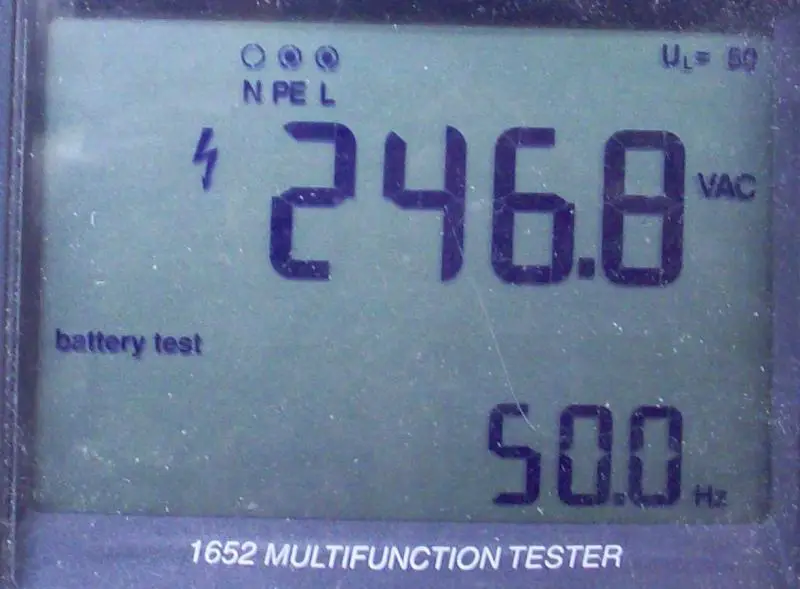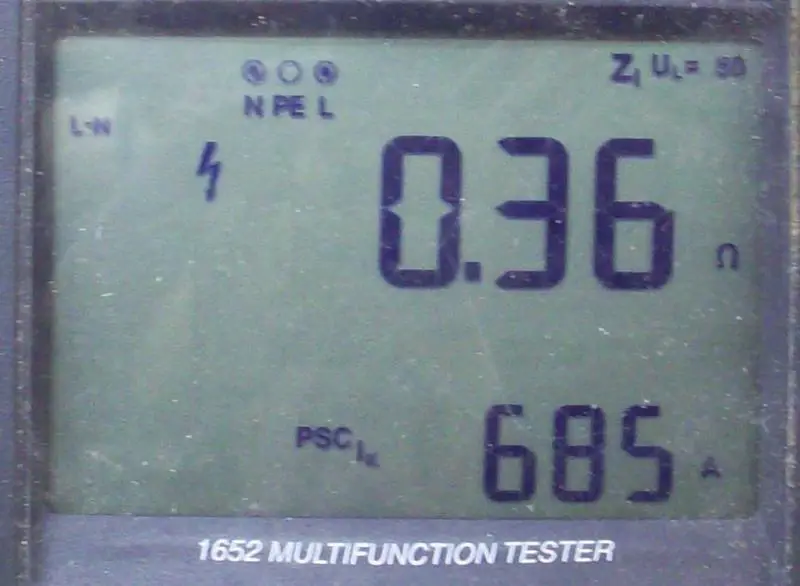One would certainly expect so. However, this question posed in the OP was asking about what would happen if that were not the case. The Fluke manual says "Errors may occur due to preloading the circuit under test.". The unavoidable issue, as you go on to agree, is:Surely the PSCC test at source will be carried out when no loads are being used (or more correctly vice versa).
I don't know how other properties' loads can be avoided but, presumably they affect the situation most of the time.
That obviously depends on the tester. However, I can see no mention in the Fluke manual that it will refuse to undertake a loop impedance measurement if the voltage is 'too low' - but maybe it does!If the measurements are being taken at appliances or accessories and the meter indicated a very low voltage would the tester not realise?
You're talking about EFLI (rather than L-N loop impedance) but, yes that's true - but really only because of the conventions as to which measurements one does, and does not, undertake with parallel paths disconnected.In any case, for the values at these points, Ze + R1+R2 is more accurate as a determination of the circuit but a measurement of the actual situation may be more indicative of what will really be the case in normal usage.
No, you recall back-to-front - and what you quote the manual as saying is correct. The illustration with my Fluke which I posted way back was:I recall, I think, that you, John, have previously stated that the meter uses a standard nominal voltage, not the actual voltage, for this calculation in which case it would not matter what the actual voltage was. I am not sure that this is the case judging by the following from the Fluke manual - PFC. PSC Test
Accuracy Determined by accuracy of loop resistance and mains voltage measurements
Given that 0.36 x 685 = 246.6, it is clear that the meter is calculating PFC from the actual measured voltage, not a nominal one (230V or whatever).
Edit: Not a bad Ze for TT, eh?
Kind Regards, John



